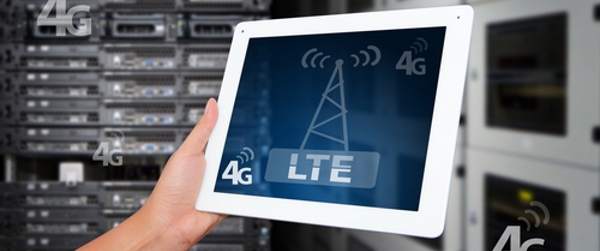
At present, 4G’s share of cellular subscriptions stands at a meager 2.9%, but it is projected to surpass 3G networks by 2016. 4G networks will then go on to capture two-thirds of data traffic by 2018, according to ABI Research.
As the need to switch to 4G arises, service providers need to adapt their networks to cope with the new data intensity. Tony LeFebvre, director of product management at TE Connectivity, explained the main challenge service providers will face in moving over to 4G.
"When you look at a wireless network, access to the user spectrum is in limited supply. So in order for operators to get maximum use out of that spectrum, or re-use it appropriately, they will need to create more cell-sites or access points," he said. "That is going to be the biggest challenge: creating those new access points so they can get that wireless signal out to their users."
Networks will also have to bring in new capabilities to support the data intensity. LeFebvre said: "In a wireless environment, [network providers] are going to create the spectrum of the airwaves by looking at ways to use that access medium to get more bandwidth to the user. To do that they will employ new protocols, such as LTE.
"In the physical world they will create more cell sites so that each site serves a smaller population and you can hire data out to each user."
As LTE becomes more widely available, the demand for faster download and access speed will increase, much as it did when dial-up moved to broadband. So providers need to keep up with the demand by expanding their bandwidth.
"Our CTO really says it best: it’s not necessarily that most users understand how many GB per second they’re getting, nor do they really care, most people are just concerned about time. So does the new service decrease the amount of time it takes to gain access to something?" said LeFebvre.
In Asia, some countries are already into next generation of LTE: LTE advanced and are even already developing 5G. This demonstrates that providers need to look to future demands beyond 4G.
LeFebvre said: "You’ll see more spectrum being made available, so governments will look for ways to auction off and introduce more spectrum to the market. They will continue to look at the protocol. LTE advanced is being marketed in Korea and Japan so the rest of the world will start to implement those methods and see the improvements. The next step is 5G and that’s a few years off but they’ll continue to work out how to make the spectrum more efficient."






